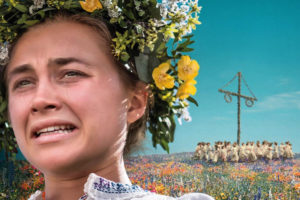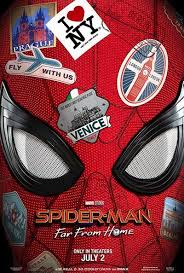In my opinion there are two critical frameworks for constructing fiction in a western tradition, on deals with the plotting and the other with the story but ideally they are used in a complementary fashion.
The plot is a simple ‘If … Then’ construction focused on the character’s objective, the IF portion of the statement is the goal the character must achieve and the THEN is the consequence of failure of success.
A simple example”
IF I do not make it to work on time, THEN I will get fired.
Knowing just this must a writer could craft a story about the troubles for getting to work. If the obstacles in the characters are too easily overcome then the story will lack tension, while if the consequence of failure is too slight then story will feel pointless. IF I am late to work THEN I will not get any of the donuts is a conflict but scarcely one that people will invest much time or emotion into. The relationship between then objective and the cost of failure is the heart of tension and reader engagement. This framework applies to the larger story and to individual scenes and when you’re thinking about larger works like novels it is important to not backslide from serious consequences to lesser ones. If an individual scene has a slight consequence compared to others that have come before it then it is vitally important that a larger goal with a more serious consequence remain unresolved.
Story is about change and can be reduced to the concept ‘I was/believed X and now I am or believe Y.’
The essence of a powerful story is that the reader can identify with the character’s transformation. This works in the positive mold as character grow and become better person, or in the negative when characters are consumed by their baser nature. What is important that that the character is not the same at the end of their journey as they were at the start.


